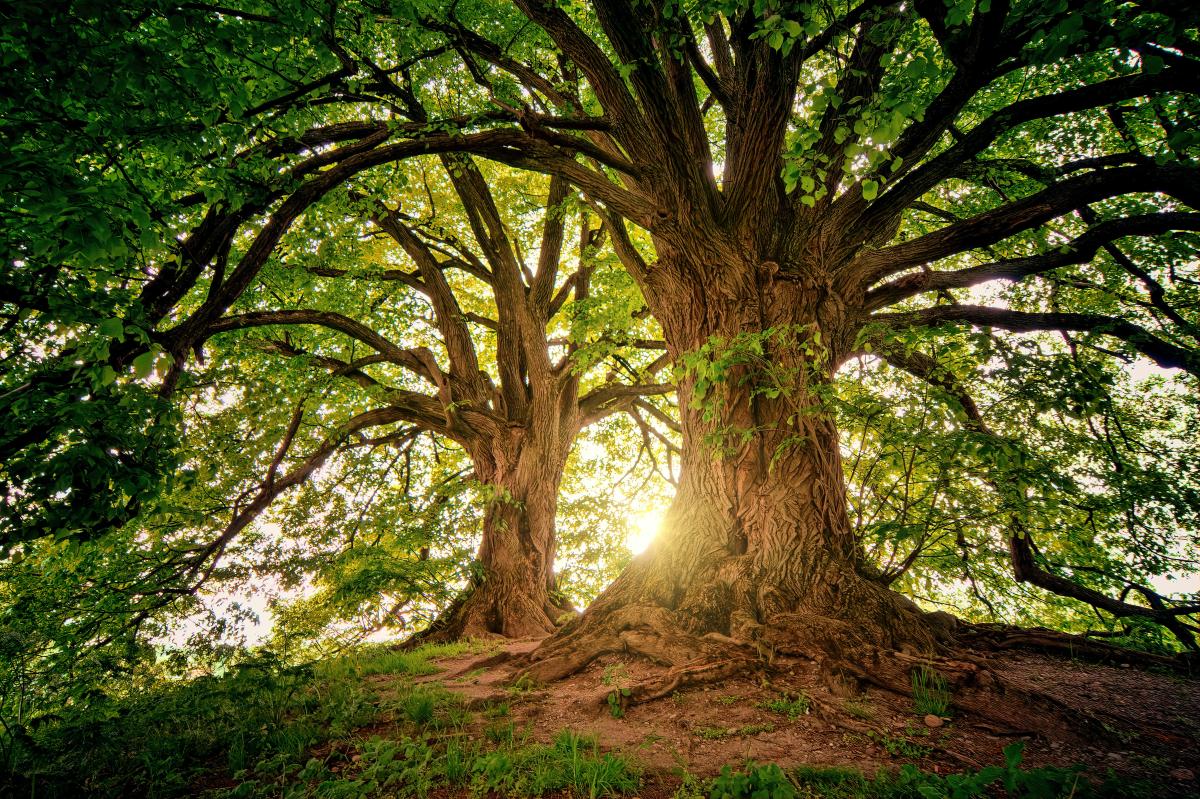
The Arizona Cactus Wren ~Exploring Structural Adaptations and Engineering Challenge
This lesson is about exploring Arizona's state bird, the cactus wren, that lives in the desert, has special body parts and behaviors that help it survive in its harsh environment. Students will learn about the different parts of a cactus wren's body, like its beak and feathers, and how these parts help it find food, build nests, and protect itself from danger. They will also get to make models and build things to help them understand how the cactus wren adapts to its desert home. Overall, it's a hands-on exploration of how animals use their bodies to live in different environments.
Lesson Grade Level
3rd GradeLesson Plan Link/URL
https://docs.google.com/presentation/d/16VgX_7pjcWbD4vHIsvoqU6Dcz3UWt0ki/edit?u…Subject Area
Science Life Science L1: Cells L4: Evolution Technology 1. Empowered Learner 2. Digital Citizen 3. Knowledge Constructor 6. Creative Communicator Engineering S2: Apply the Engineering Design Process S4: Apply Science to Engineering S6: Apply Communications to Engineering S7: Apply Project Management to Engineering Mathematics Measurement and Data (MD) English Language Arts (ELA) Reading (Literature) Reading (Informational Text) Speaking & ListeningRelated Content

This is a fun and engaging lesson where students work individually, or with a partner, to build a treehouse. Creativity and collaboration among students in my 4th grade STEAM Club were evident in the

Students will investigate the properties of different types of matter and apply the concept of "P1: Matter" to design, model, and 3D print an object using a MakerBot 3D printer. Hands-On STEM Design

This lesson is part 1 of 2. This lesson is set up to have students explore the friction bridge designed by Leonardo Da Vinci. Students first discover the inventor and become familiar with his life